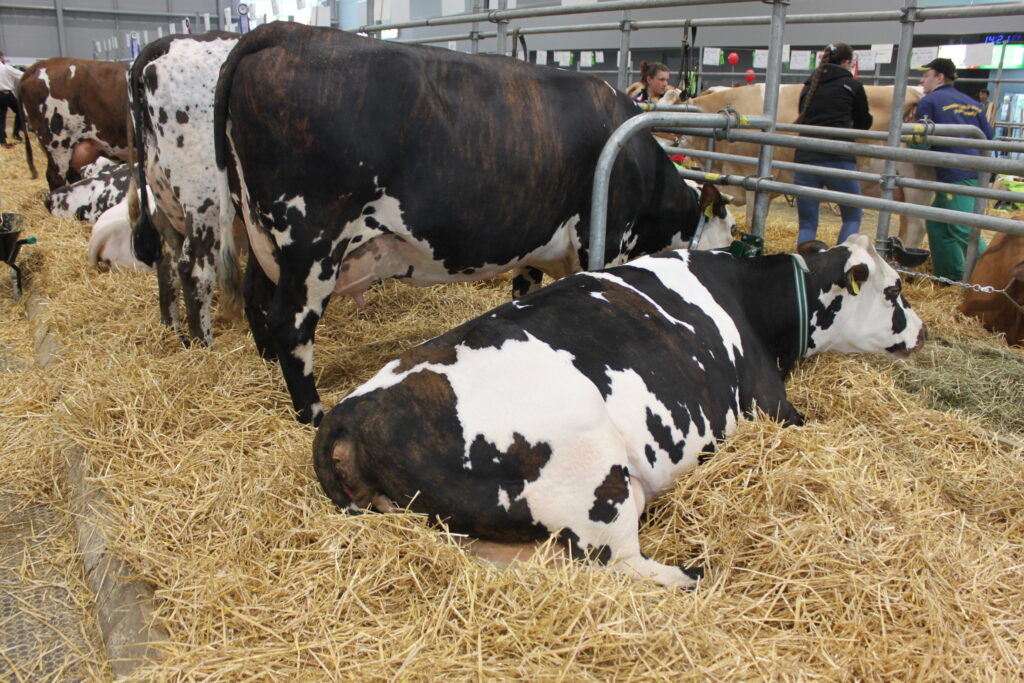
Fichtelová V. Diagnostické metody k detekci zvířat vylučujících původce paratuberkulózy skotu. Diagnostic methods for the detection of animals shedding the causative agent of bovine paratuberculosis. Veterinářství 2024;74(8):454-459.
SOUHRN
Paratuberkulóza skotu je chronické střevní onemocnění způsobené infekcí Mycobacterium avium subsp. paratuberculosis (MAP). Kontrola infekce se opírá o detekci a eliminaci infikovaných zvířat. K identifikaci infikovaných krav se využívá kultivační vyšetření, PCR a ELISA. Citlivost (Se) testů detekovat infikované jedince se liší v závislosti na rozvoji infekce a použité metodě. Infikované krávy v pozdějších stadiích infekce, které vylučují větší množství MAP a produkují protilátky (Ab), lze detekovat dostupnými metodami s citlivostí okolo 80 %. Citlivost testů klesá v ranějších fázích infekce, kdy zvířata vylučují menší množství MAP a začínají produkovat protilátky. Vylučování MAP předchází produkci Ab a metody detekující původce jsou v tomto období citlivější. Kultivační vyšetření a PCR dosahují citlivosti okolo 50 %, ELISA test pouhých 25 %. Interpretace výsledků vyšetření metodami detekujícími MAP ztěžuje počáteční přerušované vylučování MAP a existence jevu pasivní pasáže MAP trávicím traktem zvířat. Na druhé straně ELISA trpí o něco vyšší pravděpodobností vykazovat falešně pozitivní výsledek. Minimalizace rizika chybné interpretace výsledků lze docílit souběžným vyšetřením metodami detekujícími MAP i Ab. Vzhledem k nižší finanční nákladnosti je ELISA metodou volby při kontrole paratuberkulózy v chovech skotu.*
SUMMARY
Paratuberculosis is a chronic enteric disease caused by infection with Mycobacterium avium subsp. paratuberculosis (MAP). Disease control is based on the detection and removal of infected animals. Bacterial culture, PCR and ELISA are used for detecting infected animals. The sensitivity of the test (Se) varies depending on the method used and the stage of the disease. A sensitivity of around 80% can be achieved with available methods for the detection of cows in the late stages of the disease, which shed higher amounts of MAP and produce antibodies (Ab). The sensitivity of the methods declines during the early stages of infection when MAP shedding is low and Ab production begins. MAP shedding precedes Ab production, and the sensitivity of MAP detection methods is higher during these stages of infection. The sensitivity of bacterial culture and PCR reaches values of around 50%, while ELISA reaches only 25%. The interpretation of the results of MAP detection methods is influenced by the initial intermittent mode of MAP shedding and the presence of the “pass-through phenomenon”. On the other hand, the ELISA test is more prone to yielding false positive results. Simultaneous investigation using MAP and Ab-detecting methods can be used to reduce the risk of false interpretation of results. Due to its lower cost, ELISA is the method of choice during paratuberculosis control in cattle herds.